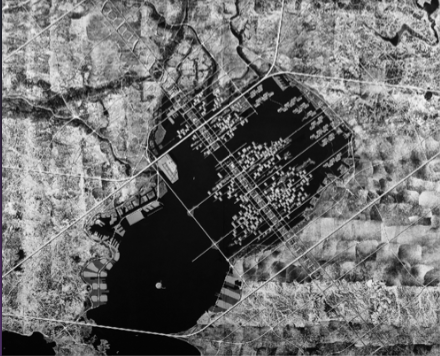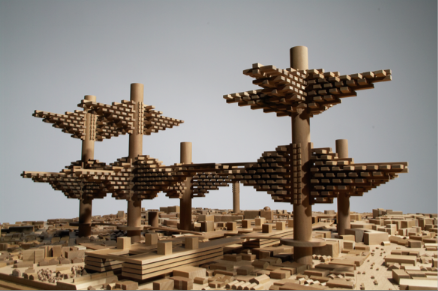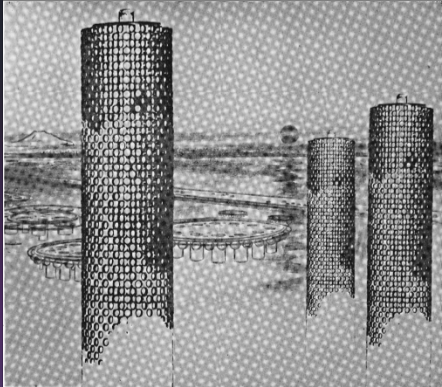

 |
Struggling
Cities:
from Japanese Urban Projects in the 1960s
September
11 - October 13, 2019
Opening 10.09 kell 16.00
Under the broad
theme of architecture and the city, this
exhibition takes a fresh look at proposals
on the city that were put forward by
Japanese architects in the 1960s, when Japan
saw a flourishing of ideas and activities in
that arena. Kenzo Tange’s “A Plan for
Tokyo-1960”; the Metabolist schemes of
Kiyonori Kikutake, Kisho Kurokawa, Masato
Ohtaka, Fumihiko Maki, and Noboru Kawazoe;
Arata Isozaki’s “Cities in the Air”—these
were all ambitious ideas addressing various
problems engendered by urbanization.
Although ostensibly similar in terms of
dealing with urban expansion, not to mention
being conceived within a short span of time
by fairly closely associated architects, in
substance these schemes were very different
from one another. In those differences can
be discerned the difficulties involved in
coping with the process of urbanization.
Because of their highly ambitious nature,
the emergence of these proposals tended to
be regarded as peculiar cases. In fact,
however, it can be thought of as only one
aspect of a broader quest for a new vision
of the city, a quest aimed at moving beyond
the era of modern architecture characterized
by the worldwide proliferation of buildings
that look alike. Although proposals as
radical as these from 1960s Japan are rare,
comparable plans from around the same time
can be found in various parts of the world.
From the perspective of urban expansion that
accompanied modernization as a phenomenon of
world history, it is clear that the Japanese
proposals were responses to concerns common
to various countries.
Far from becoming a thing of the past, the
problem of urbanization has grown more
pressing with the passage of time. The
United Nations estimates that, of the total
world population, the proportion living in
urban centers will exceed 50 percent in 2010
(World Urbanization Prospects: The 2007
Revision Population Database). The need to
grapple with the unprecedented problems of
rapid urbanization is most definitely still
with us. From the perspective of grasping
the problems in concrete terms, by looking
at them in Tokyo, a city that came up
against such issues comparatively early, and
these proposals that confronted such
problems head-on, we can delineate the
challenges and difficulties of the
contemporary city as facets of what is in
fact a global issue.
Exploring the abovementioned proposals as
case studies, the present exhibition is
designed to raise key issues that, while
centering on Tokyo, the world’s most
populous urban agglomeration, also apply to
the specific realities of each of the
various countries where the exhibition will
be held.
Naohiko Hino
The exhibition takes place in
colloboration with Embassy of Japan in
Estonia , Japan Foundation. |